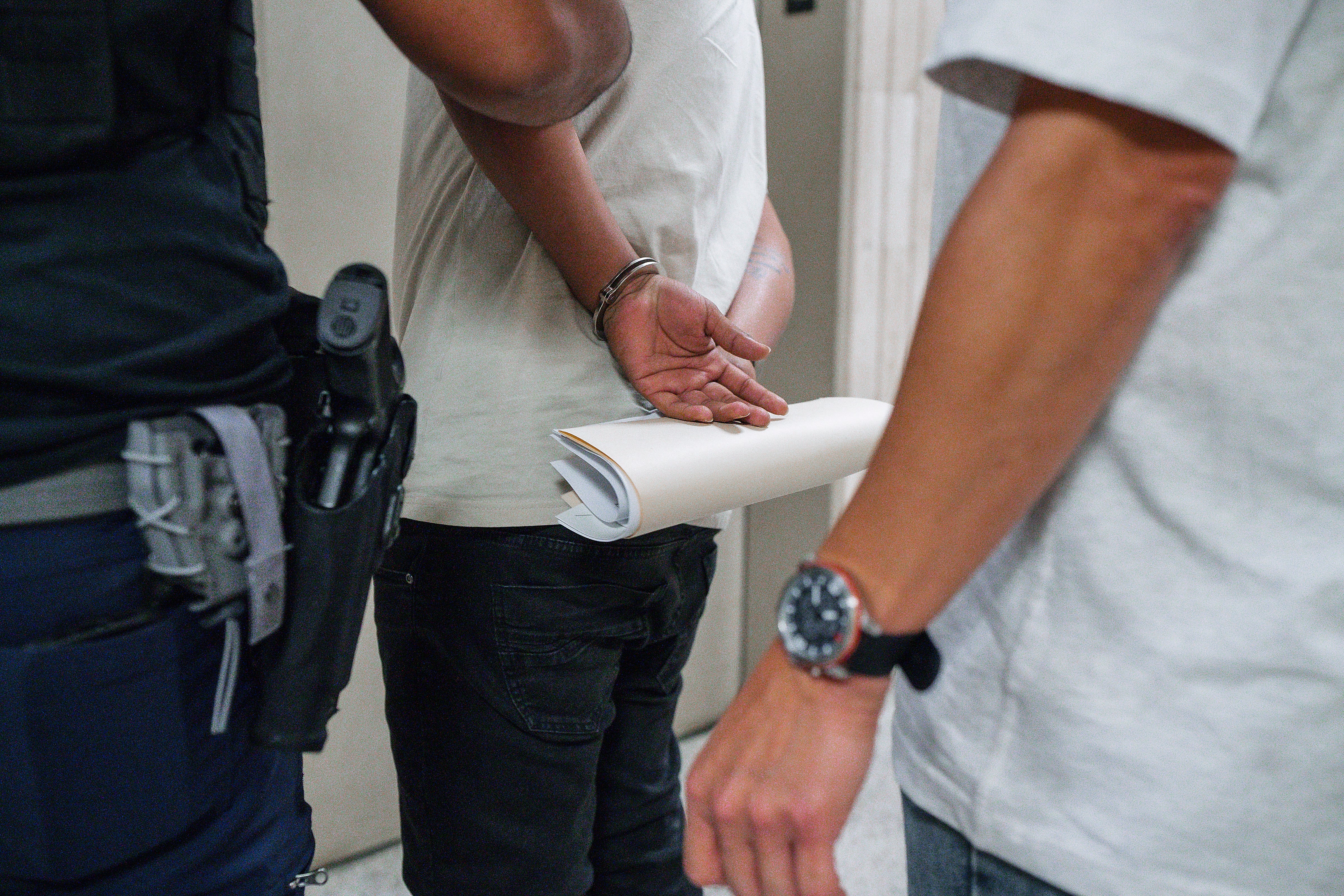Imagine a sailor who can lift 200 pounds without breaking a sweat, run in bursts up to 10 mph, and is 25 times more productive than his co-workers. This is no super sailor, it is you, with a little help from the exoskeleton technology in the works.
A reserve surface warfare officer and civil servant on the chief of naval operations' staff has teamed with a human performance consulting firm to push the technology from the realm of science fiction to fact.
Lt. Scott Cheney-Peters and Andrew Herr, CEO of Mind Plus Matter, make the call in called on Navy leaders to expedite implementation of the technology in a report — "Between Iron Man and Aqua Man: Exosuit Opportunities in Maritime Operations" — published this month by the Center for a New American Security, a Washington, D.C., think-tank.
Army engineers and private industry have put a lot of effort and money into exoskeleton technology over this effort in the past five years, the authors note. Their goals are lofty, but the technology they seek is not fully developed — years from operational use. But gains already made have practical and pressing maritime applications, the duo contends.
What you should know:
1. How does it work?
Powered exoskeletons such as Raytheon's XOS 2 and Lockheed Martin's Human Universal Load Carrier, or HULC, use hydraulically driven titanium legs configured to match a sailor's movements. Unpowered versions don't pack the punch, but provide practical functionality. One example is Lockheed Martin's Fortis, which transfers weight from a worker's hands to the ground, allowing him to hold heavy tools for long periods.
2. Potential uses are many.
Increased strength and stamina could duration can prove valuable in a wide range of Navy activities, including deck operations, everything from damage control, to deck operations, and maintenance andto medical care, according to the report. Because exoskeletons take just a few hours to master, sailors could can easily carry pallets during an unrep or humanitarian mission, or just as easily heave obstacles aside during an emergency situation. No matter the physical task, these suits could help them help you get the job done faster and easier.
3. Fewer injuries.
More than half of battlefield injuries are musculo-skeletal, according to Pentagon data. Tens of thousands of service members are nondeployable because of such injuries, and they cost the Department of Veterans Affairs Department $500 million a year. These suits not only lower the likelihood of injury, Army officials are looking to integrate health-monitoring technology and first-response medical treatment, such as the automatic administration of wound-sealing foam.
4. Giving sailors an edgeSailors may have the edge moving forward.
Ground-pounders need batteries to fuel the onboard microcomputers, but these run out of juice relatively quickly last short periods with minimal benefit. Sailors, however, can easily store extra batteries, and change them out with regularity. Even better, an exoskeleton tethered to a power source would produce an exponential boost in capabilities.
5. The way ahead.
While Army investment and research provides great benefit, the Navy needs a "concrete list of technical specifications, especially size, strength, speed and special capabilities," the report said. "Without this, it is nearly impossible to focus research effectively because, with changing targets, it is difficult to make informed choices about design trade-offs." The report also urges the Navy to rightly invest in research to decrease power requirements so the suits can operate autonomously for at least two hours.





